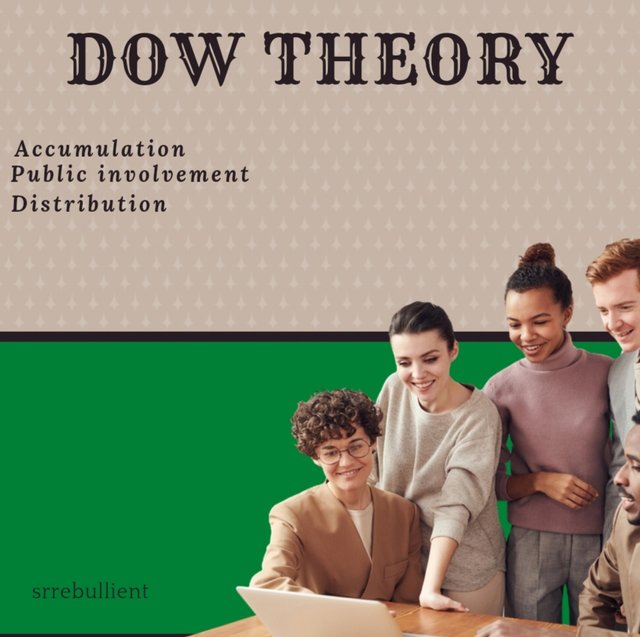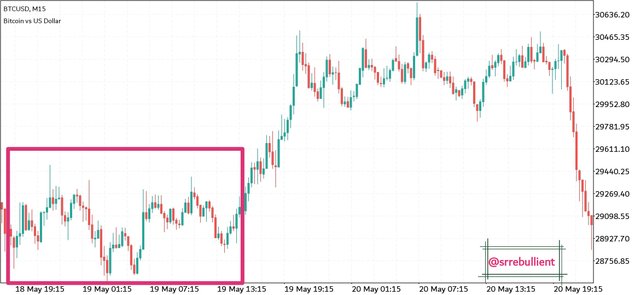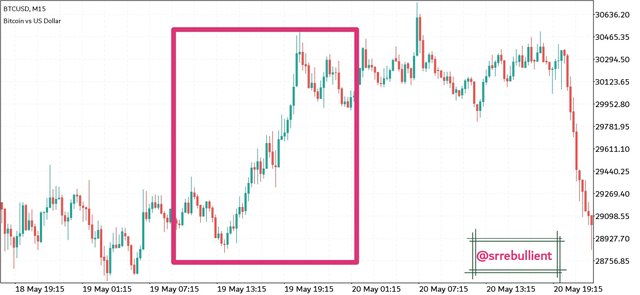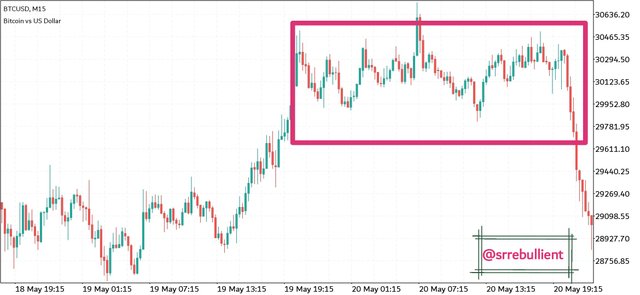DOW THEORY-10% to @Tron-Fan-Cub

Hello everyone and welcome to my blog.
There have been several theories which have been developed in other to properly interpret the financial market activities and one of these theories is what is known as the Dow Theory.

.png)
Essentially, the Dow Theory is a paradigm for technical analysis that is based on Charles Dow's market theory articles. Dow Jones was the co-founder of Dow Jones & Company and the founder and editor of the Wall Street Journal. He was a part of the company that helped construct the Dow Jones Transportation Index (DJT), which was followed by the Dow Jones Industrial Average (DJIA).
Dow never referred to his thoughts as theories. Despite this, many people benefited from his Wall Street Journal editorials. Other editors, such as William Hamilton, improved his theories after he died, and used his editorials to create what is now known as the Dow Theory.
This article discusses the many stages of market trends based on Dow's work and provides an introduction to the Dow Theory. The following principles, like any theory, are not flawless and can be interpreted in a variety of ways.

- The market shows everything
This principle is quite similar to the Efficient Market Hypothesis (EMH). Dow felt that the market discounts everything, which means that the price already reflects all accessible information.
For instance, if a company is commonly predicted to disclose improved profitability, the market will reflect this ahead of time. Demand for their stock will rise before the report is announced, and the price may not change much once the predicted positive report is released.
According to Dow, a company's stock price may fall following positive news if the news isn't exactly as fantastic as expected.
Many traders and investors, particularly those who utilize technical analysis extensively, still believe in this notion. Those who prefer basic analysis, on the other hand, disagree, believing that a stock's market valuation does not reflect its underlying value.
- Market trend
Some believe Dow's work is responsible for the concept of a market trend, which is now widely recognized in the financial world. There are three basic sorts of market trends, according to the Dow Theory:
- Primary
This is a significant market shift that can span from a few months to several years.
- Secondary
It could linger for a few weeks or months.
- Tertiary
It normally dies within a week or ten days of being exposed to it. In some cases, they may just last a couple of hours or even a day.
Investors can uncover possibilities by researching these various trends. While the primary trend is the most important to analyze, positive possibilities are more likely to arise when secondary and tertiary trends appear to contradict the core trend.
If you believe a cryptocurrency has a favorable main trend but a negative secondary trend, you may be able to buy it at a low price and sell it once its value has improved.
The issue now, as it was then, is determining what kind of trend you're seeing, which is where more advanced technical analysis comes in. Today, a variety of analytical techniques are used by investors and traders to help them identify the type of trend they are looking at.
- The phases of a primary trend
- Accumulation
As a result of the last weak market, asset valuations are still low, and market sentiment is overwhelmingly negative. Before a large price increase, smart traders and market makers begin to accumulate.

- General involvement
The general public is now aware of the opportunity that knowledgeable traders have previously seen, and they are becoming more active in purchasing. Prices tend to rise quickly during this era.

- Distribution
The public continues to speculate in the third phase, but the trend is coming to an end. Market makers begin to spread their holdings by selling to other market participants who are unaware that the trend is about to reverse.

The phases would be virtually reversed in a bad market. The trend would begin with distribution from individuals who recognize the indicators, and then expand to include public engagement. The public will continue to be pessimistic in the third phase, but investors who see the coming shift will begin to accumulate again.
Although there is no guarantee that the idea will hold true in the future, hundreds of traders and investors think about these phases before taking action. The Wyckoff Method, for example, is based on the concepts of accumulation and distribution, and it describes market cycles in a similar way (moving from one phase to another).
- Cross-index Correlation
Dow thought that primary market trends should be validated by secondary market developments.
The transportation market (mostly railroads) was highly correlated with industrial activity at the time. This makes sense: in order to produce more items, a rise in rail traffic was required to supply the essential raw materials.
As a result, there was an obvious link between manufacturing and transportation. If one was in good health, the other was likely to be as well. However, because many commodities are digital and do not require physical delivery, the principle of cross-index correlation no longer holds true.
- Volume is important
Dow, like many other investors, saw volume as an important secondary indication, believing that a strong trend should be accompanied by a large trading volume. The greater the volume, the more probable the movement represents the market's underlying trend. Price action may not reflect the underlying market trend when trade volume is low.
- Trends are continuous until a reversal is spotted
If the market is trending, Dow believes it will continue to trend. As an example, if a company's stock begins to trend upwards in response to favorable news, it will continue to do so until a clear reversal is visible.
As a result, Dow thought reversals should be viewed with caution until they were verified as a new major trend. Of fact, distinguishing between a secondary trend and the start of a new primary trend is difficult, and traders are sometimes confronted with false reversals that turn out to be secondary trends.

Many claim that the Dow Theory is already out of date while many still hold on to its principles. Which ever it is, it is always best to combine different analysis tools in interpreting the market in other to find confluence which will in turn increase the possibility of success.
Tweet link
https://twitter.com/EbullientSrr/status/1532078170735788039?s=19
@cryptogecko please my post was mistakenly skipped yesterday.
Please help me look into it.
Don't be offended that I tagged you.
Please refrain from mentioning curators. We appreciate you taking the time to post using the #learnwithsteem tag, however, upvotes are not guaranteed for every post you make!
Thank you.
I only asked to know if there was a mistake or an error on my post to that I will take note of that. I do go through the announcements and believe that lack of votes from community curators are usually due to lack of quality, plagiarism, or any other issue and once a content meets all the requirements, it will surely get curated while "unguaranteed votes" is only applicable to the steemit engagement contest which is curated by 01 and 02.
I stand to be corrected.
CC,
@reminiscence01
Ok. Why the team try our best to curate every post published under #learnwithsteem. The curation shouldn't be abused or taken advantage of. I don't blame my colleague stating that votes are not guaranteed on all all your publication because there are other themes available for to post. You don't need to post every day under #learnwithsteem tag. But that's not the case.
Another confusion is that most of your publications are related to cryptocurrency and by right should be categorised under #fintech theme but we haven't relent in supporting your posts. Help us to do our work diligently, you don't need to post under our tag every day and force curators to upvote your votes. We are experiencing increasing volume under this tag and we need to maintain the curation to reach everyone.
Please bear with the team.
Thank you very much for your explainations.
I do well to make two posts daily which are basically #fintech and #Learnwithsteem and this has already grown to become a habit for me and has also helped me in increasing my activities on steemit, building my Steem power and growing my reputation.
I deeply appreciate the support I have been getting so far from the team and I must say thank you.
I can say that I was barely eager to know if there was any problem with my publication because it was skipped without any reason whatsoever but thank you for the clarification.
I will find a way to make adjustments although am already at the verge of completing my #learnwithsteem content for the day😔
Maybe I will only post 4 times in a week under #learnwithsteem tag starting from next week.
Once again I say thank you.
Why not implement a rule like not more than 4 post a week or 5 a week
We have seen fintech do this and it's been going really fine